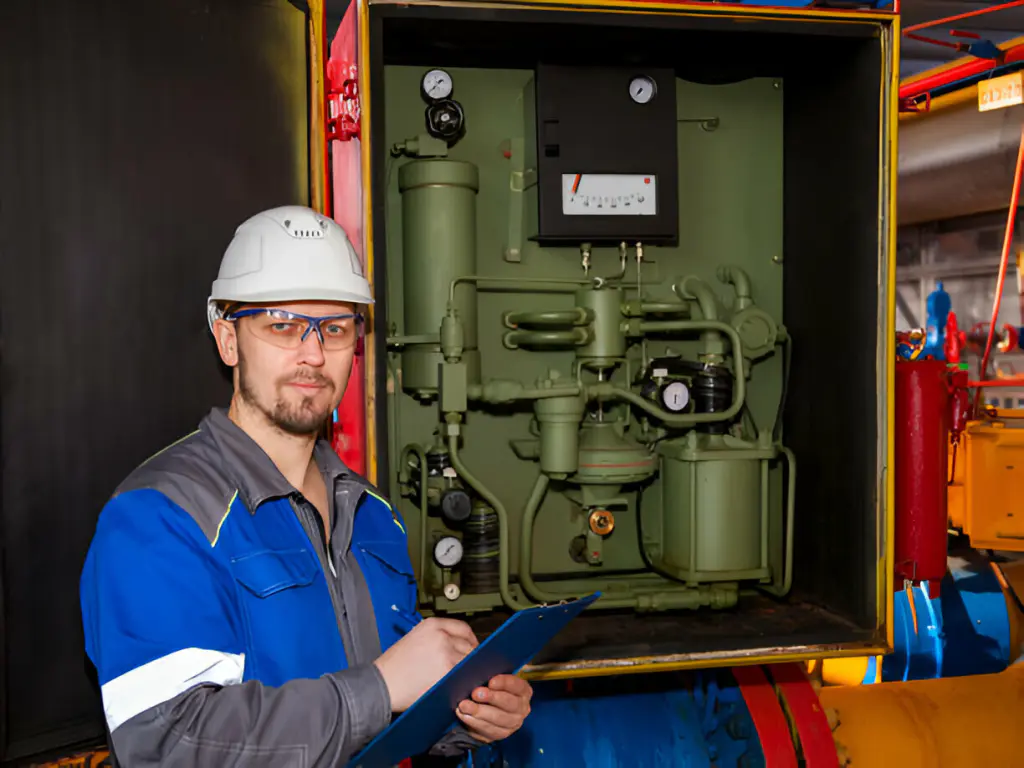As the saying goes, ‘An ounce of prevention is worth a pound of cure.’ When it comes to ensuring the safety and compliance of a business, regular fire risk assessments play a crucial role.
These assessments go beyond mere paperwork; they are the foundation of a secure and resilient work environment. By staying ahead of potential hazards and enhancing emergency preparedness, fire risk assessments not only meet legal requirements but also safeguard human safety and fortify financial stability.

Join me in exploring how these assessments can be the key to a safer, more compliant, and thriving business environment.
Legal Compliance and Avoiding Repercussions
In ensuring legal compliance and avoiding repercussions, businesses must conduct regular fire risk assessments to adhere to the Regulatory Reform (Fire Safety) Order 2005.
Ensuring compliance with fire safety legislation is essential to avoid fines and legal issues. These assessments help identify areas where businesses may fall short of legal standards, allowing for prompt corrective actions to maintain compliance.
By conducting these assessments, businesses demonstrate a commitment to safety measures and mitigate the risk of facing fines or legal repercussions. Proactively managing fire risks through regular assessments not only ensures legal obligations are met but also creates a safer environment for employees and visitors.
Avoiding fines is a direct result of prioritizing fire risk management and safety measures.
Early Hazard Identification and Prevention
Identifying and addressing potential fire hazards early on is a critical aspect of maintaining a safe work environment. Early detection through annual assessments is key to preventing fire incidents.
Changes in workplace layout or equipment can introduce new risks, emphasizing the need for proactive hazard prevention strategies. By implementing safety measures based on risk management principles, businesses can effectively minimize potential fire hazards.
Regular assessments not only aid in the early identification of risks but also contribute to the development of robust prevention strategies.
Through a focus on early hazard identification and prevention, businesses can ensure a safer work environment, promoting the well-being of occupants and enhancing overall safety measures.
Protecting Human Safety
Early hazard identification through regular fire risk assessments serves as a cornerstone in ensuring the safety and well-being of individuals on business premises. Protecting occupant well-being involves implementing stringent safety measures, prioritizing employee protection, and employing effective risk management strategies.

By identifying potential hazards and proactively addressing them, fire risk assessments play a vital role in preventing accidents and creating a secure environment for all individuals present. Safeguarding human safety through comprehensive assessments not only meets legal obligations but also fosters a culture of safety within the workplace.
Prioritizing the well-being of occupants demonstrates a commitment to minimizing risks and ensuring a safe working environment for everyone involved.
Financial Risk Mitigation
Mitigating financial risks associated with fires requires a proactive approach to identifying and addressing potential hazards. Employing robust risk assessment strategies is essential for ensuring financial stability in the face of fire incidents. By focusing on hazard prevention through regular assessments, businesses can enhance their business continuity plans and reduce the financial impact of potential fires.
Adequate insurance coverage, informed by thorough risk assessments, plays a critical role in mitigating financial risks. Implementing preventive measures based on comprehensive assessments not only safeguards against property damage and equipment loss but also minimizes business disruption, ultimately fortifying the organization’s financial resilience in the event of a fire.
Emergency Preparedness Enhancement
To enhance emergency preparedness for potential fire incidents, evaluating existing fire safety measures is imperative. Enhancing emergency response involves improving evacuation procedures, training for emergencies, and implementing crisis management strategies.
By conducting safety drills and exercises, teams can practice and refine their responses to fire emergencies, ensuring a swift and organized reaction in case of a real incident. Training sessions help familiarize individuals with evacuation routes, emergency equipment locations, and communication protocols.
Crisis management strategies aim to minimize confusion and optimize coordination during high-stress situations. Through these measures, businesses can bolster their emergency preparedness, increasing the safety of occupants and reducing the potential impact of fire incidents.
Frequently Asked Questions
Can Fire Risk Assessments Be Conducted Remotely or Do They Require an On-Site Visit?
Remote assessments can be conducted effectively through virtual inspections using online tools. Digital reports ensure compliance with safety standards. While on-site visits are valuable, remote assessments offer convenience without compromising safety compliance.
Are There Specific Industries or Types of Businesses That Are More Prone to Fire Hazards?
In certain industries like manufacturing and hospitality, fire hazards are more prevalent due to equipment, flammable materials, and high foot traffic. Implementing strict prevention measures, conducting regular safety audits, and reinforcing safety protocols are crucial.
How Often Should Fire Risk Assessments Be Reviewed or Updated to Ensure Ongoing Safety?
I review fire risk assessments annually to maintain safety measures, comply with regulations, and ensure ongoing risk mitigation. Regular assessments are crucial for identifying hazards, updating safeguards, and prioritizing occupant safety.
What Are the Potential Repercussions for Businesses That Fail to Conduct Regular Fire Risk Assessments?
If businesses neglect regular fire risk assessments, they face legal consequences, financial penalties, reputational damage, insurance implications, and increased safety risks. Compliance is crucial to avoid repercussions and ensure a safe environment.
Are There Any Emerging Technologies or Trends That Are Enhancing the Effectiveness of Fire Risk Assessments in Modern Businesses?
Technology advancements in fire risk assessments enhance efficiency. Remote assessments optimize industry risks evaluation. Increased assessment frequency ensures compliance. Failure to adapt may lead to legal consequences. Staying updated with emerging trends is crucial for effective assessments.
Conclusion
In conclusion, the importance of regular fire risk assessments can’t be overstated. By diligently conducting these assessments, businesses can ensure legal compliance, early hazard identification, human safety, financial risk mitigation, and emergency preparedness enhancement.
Investing in these assessments not only safeguards against potential repercussions but also provides a solid foundation for a secure work environment and resilient business continuity. Trust in the expertise of fire safety professionals to protect your business and its stakeholders.









